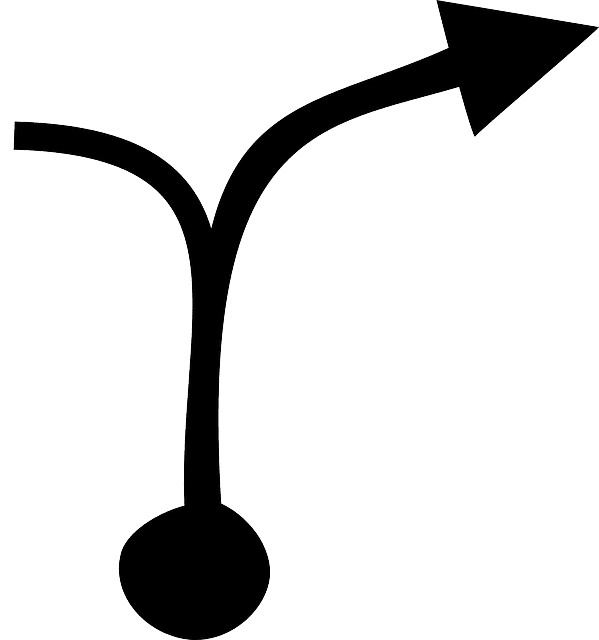CRM Transformation Roadmap
By: Ciopages Staff Writer
Updated on: Feb 25, 2023

What is a CRM Transformation Roadmap?
A CRM Transformation Roadmap, an integral part of an overall CRM transformation framework, is a step-by-step navigation to get your enterprise from the point of departure to the point of arrival, by taking a set of actions, implementing some activities and achieving some outcomes, in a planned sequential manner. CRM Transformation, as the word “transformation” implies, is more than just a band-aid to fix a process or a system issue. A true CRM transformation needs to be based on strategic and operating model considerations. And, in today’s dynamic environment – where technology advances are driving business model changes, customers are demanding ever more, and the pace of change is accelerating – it is imperative that CRM functions leapfrog from keepers of customer contact information records to a holistic, client-centric, relationship management function. CIOPages.com offers a variety of CRM Transformation Resources, including a fully customizable enterprise CRM Transformation Toolkit.
Various Facets of CRM:
CRM is a conglomeration of many functions including:
- Sales force automation
- Customer Relationships
- Social CRM
- Analytical CRM
The functional areas that are a part of CRM transformation typically include:
- Sales Planning and Forecasting
- Lead Generation, Assignment, and Management
- Opportunity tracking
- Activity and Task Management
- Sales quoting
- Product and Services Catalog
- Client Profile and 360-degree view of the customer
- Contract management integration
- Order Management Integration
The Drivers for CRM Transformation:
A CRM Transformation Roadmap is a compass to get your enterprise from the point of departure to the point of arrival, by taking a set of actions, activities and achieving some outcomes, in a planned and phased sequence.
There are several internal factors and external events that make a CRM Transformation a strategic imperative. Common external drivers for CRM transformation tend to be a new wave of competitors, rising customer expectations, technology advances, and changing business/revenue/channel strategies. And internal drivers for a CRM transformation could be factors like lack of client 360-degree view, gaps in customer experience, high attrition, and diminishing sales productivity.
Knowing the Need for Transformation:
Before one can build a viable CRM transformation roadmap, it is essential that the CCO (Chief Customer officer), CSO (Chief Sales Officer), CMO (Chief Marketing Officer) and their compatriots realize and acknowledge the need for CRM transformation. It is important for the top management to distinguish ongoing operational and process improvements from the fundamental need to rethink. For example, ongoing improvements, such as Kaizen, are normal evolution of the CRM function. However, a reimagination of the operating model, the re-engineering of core processes, and the major re-architecting of the systems are when a CRM transformation roadmap is warranted.
Seeding the CRM Transformation Process:
Once there is a realization that a CRM transformation is warranted, the next step is to establish a core team and fund the initial efforts for creating the transformation roadmap. At this stage, what is needed are strategic thinkers and operational experts who can envision what’s “Next”. The transformation program is still at a conceptualization phase, not an execution phase.
An Approach to building a CRM Transformation Roadmap:
Compile the Goals, Objectives and Desired Outcomes:
Based on the strategic imperative and internal drivers, document what are the key goals, objectives and desired outcomes you are striving for. Knowing these high-level objectives will help frame the context for the CRM transformation roadmap.
Typical Deliverables:
- Internal factors
- External drivers
- SWOT analysis
- BHAGs (Big, Hairy, Audacious Goals)
Document the Current State:
Documenting the current state can be a multi-dimensional effort. The important thing to understand here is what depth do you need to go? If there is a consensus that the transformation is not about a step function improvement, but a leapfrog, then the current state may not be a material factor. In such a case, one can get away with anecdotes and interviews to summarize the current state.
Or on the other hand, if the goal is to not to repeat the history and understanding the details and depth of the current state are valuable, it may require documenting current state processes, the inefficiencies, and bottlenecks. This exercise, while valuable, also will be time consuming and expensive.
Typical Deliverables:
- Current state process analysis
- Current state of technology analysis
- Current state of people analysis – competencies, capacity etc.
- Current state legal, compliance and risk analysis
Envision the Future State:
Future state envisioning is an important step in setting a marker way into the future. The future state process should be unencumbered by the current state systems, processes, and people. It should be a blue-sky picture of an ideal state. (Of course, this will be tempered later in terms of cost-benefit analysis and realization realities.)
Typical Deliverables:
- Future state vision
- Scenario Analysis and War gaming
Conduct Gap Analysis:
The ideal target state defines your point of arrival and the current is your point of departure. The gap analysis shows how much of a chasm do you need to cross before you can reach your desired state.
Typical Deliverables:
- Gap analysis between current state and the future state
- Quick wins
Evaluate Alternative Approaches:
Understanding that there are alternative approaches to transformation and evaluating the options dispassionately is a key step in crafting a CRM transformation roadmap. In addition to discussing the approach, a high-level ROM (rough order of magnitude) estimates of cost, effort, and complexity would be valuable. Similarly, a high-level listing of potential benefit streams – qualitative and quantitative will provide a balance to the costs.
Typical Deliverables:
- Strategic options and analysis
- Solution options and analysis
- ROM cost estimates
- High-level benefit streams per option
Select the Recommended Path:

A target operating model is a blueprint of the future state functions, processes, people and information as levers to accomplish the new business state.
The recommendation from the project team should be based on several considerations – cost, effort, complexity, and the end result. The recommended path should ideally comprise of a target operating model. A target operating model is a blueprint of the future state functions, processes, people and information as levers to accomplish the new business state. Much of this is based on high-level estimates and several assumptions, but that is what is typically the case in real life – decision making with a lot of ambiguity.
Typical Deliverables:
- Options comparison and recommendation
- Analysis of the recommended path – risks, rewards and realization framework
Craft a Transformation Roadmap:
The detailed transformation roadmap will typically consist of a detailed quarter by quarter activities, outcomes and milestones for the first 24 months, and then for subsequent years an annual phased roadmap items. Typically, the transformation roadmap will comprise of high-level work streams and phases so that incremental delivery is possible.
Typical Deliverables:
- Transformation roadmap with phased and sequential deliverables
- High-level work streams and structure
What about the business case?
A business case – both qualitative and quantitative – may be necessary in three stages. Stage one can be at the initial funding to evaluate the value and viability of a transformation. Stage 2 business case is during the recommendation of the transformation approach. Stage 3 business case can be at a work stream level.
What’s next?
Of course, a transformation roadmap is a strategic deliverable. The real work will start soon thereafter in various projects and work streams. That is out of the scope of this article.